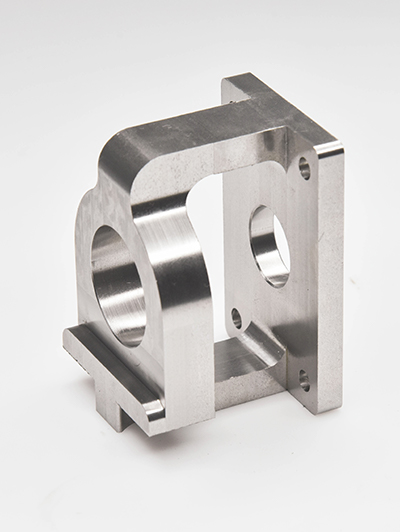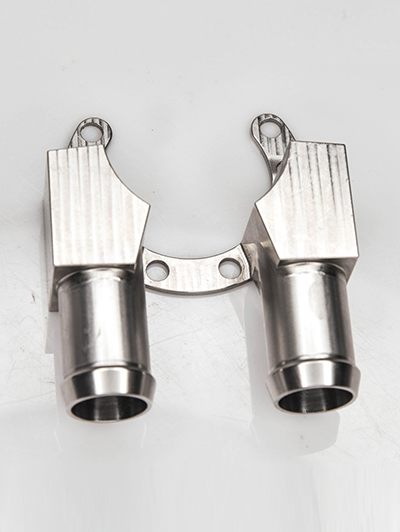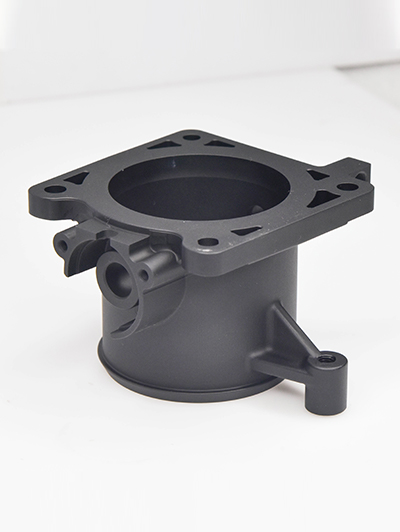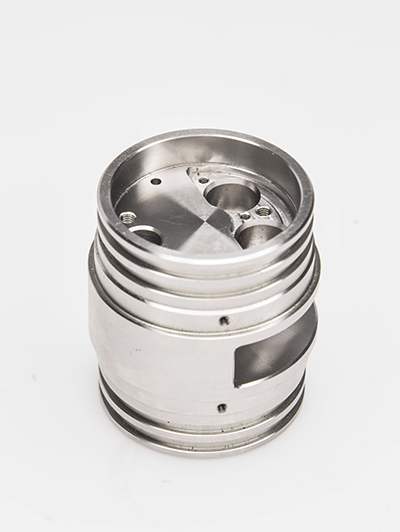Information
Precision Control of CNC Machining in Medical Device Manufacturing
In the medical device industry, precision is non-negotiable. CNC (Computer Numerical Control) machining has become a cornerstone for producing high-accuracy components, such as surgical instruments, implants, and diagnostic equipment. Achieving micron-level tolerances (often within ±0.005 mm) demands rigorous control across the entire manufacturing process.
1. Advanced Equipment & Tooling
Modern multi-axis CNC machines, equipped with high-speed spindles and adaptive cooling systems, ensure minimal thermal deformation and vibration. Ultra-fine carbide or diamond-coated tools enable intricate geometries while maintaining surface finishes as low as Ra 0.2 μm, critical for biocompatibility and sterilization compliance.
2. Material Expertise
Medical-grade materials like titanium alloys, PEEK, and stainless steel require tailored machining parameters. Real-time monitoring systems adjust cutting speeds and feeds to prevent tool wear or material stress, preserving mechanical properties and dimensional stability.
3. Digital Integration
CAD/CAM software optimizes toolpaths to eliminate errors, while in-process metrology tools (e.g., laser scanners) validate tolerances mid-production. Post-machining, coordinate measuring machines (CMMs) and optical comparators ensure compliance with ISO 13485 and FDA standards.
4. Environmental Controls
Temperature-regulated facilities (±1°C) and vibration-dampening workstations mitigate external variables. Automated workflows reduce human intervention, enhancing repeatability.
By integrating these strategies, CNC machining delivers the sub-micron precision required for life-saving devices, balancing innovation with regulatory rigor in this highly critical sector.
Enhancing Efficiency in Aerospace Technologies
1. Implementing advanced automation and robotics: By utilizing automated systems and robotics in aerospace technologies, tasks can be performed more quickly and accurately, leading to increased efficiency. This includes automated systems for manufacturing, inspection, maintenance, and handling of materials.2. Adopting digital twin technology: Digital twin technology allows for real-time monitoring and simul...
Cutting-edge Machining of Unique Materials
Advancements in technology have allowed for the cutting-edge machining of unique materials that were previously difficult to work with. This has opened up new possibilities for manufacturing industries, allowing for the production of components and products that were once thought to be impossible.One such material that has benefited from cutting-edge machining techniques is carbon fiber. Carbon fiber is a l...
Enhancing Efficiency in Aerospace Technologies
1. Implementing advanced automation and robotics: By utilizing automated systems and robotics in aerospace technologies, tasks can be performed more quickly and accurately, leading to increased efficiency. This includes automated systems for manufacturing, inspection, maintenance, and handling of materials.2. Adopting digital twin technology: Digital twin technology allows for real-time monitoring and simul...
Cutting-edge Machining of Unique Materials
Advancements in technology have allowed for the cutting-edge machining of unique materials that were previously difficult to work with. This has opened up new possibilities for manufacturing industries, allowing for the production of components and products that were once thought to be impossible.One such material that has benefited from cutting-edge machining techniques is carbon fiber. Carbon fiber is a l...
Shape accuracy detection
In addition to dimensional accuracy, the shape accuracy of the parts cannot be ignored. Detect shape errors such as roundness, cylindricity, and flatness of parts using equipment such as roundness meters and contour meters. For example, when processing high-precision bearing rings, the accuracy of roundness and cylindricity directly affects the rotational accuracy and service life of the bearing.
Dimensional accuracy testing
Using advanced measuring tools and techniques, such as coordinate measuring instruments, optical imagers, etc., to accurately measure the dimensions of parts. For precision parts, dimensional tolerances are usually controlled at the micrometer level, so high-precision measuring equipment is required to ensure the accuracy of the test results. For example, when processing precision molds for mobile phone chi...
- +86 13603025252
-

WhatsApp
- info@jiujucnc.com





